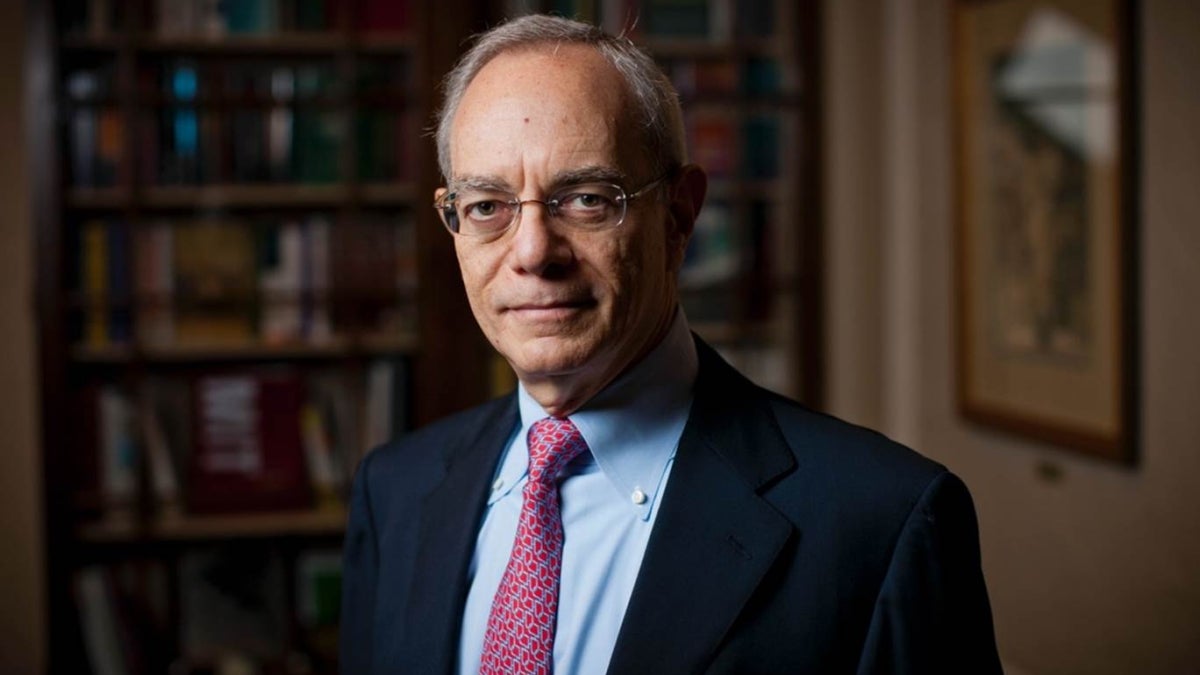The two universities opened their doors to students only 21 years apart — the Massachusetts Institute of Technology in 1865 and Arizona State University in 1886.
While MIT is private and ASU is public, the universities share many challenges and advantages, according to Rafael Reif, president of MIT. He will receive an honorary degree at ASU’s May 7 graduation ceremony and will deliver the commencement address.
“We have a lot in common. Both institutions have a strong commitment to the role of education and what it can do to elevate and bring people to a better economic situation,” said Reif, an electrical engineer who became the 17th president of MIT in 2012 after serving as provost for seven years.
Reif noted ASU’s commitment to first-time college goers. In fall 2017, 26 percent of all enrolled students, including first-time freshmen and transfers, were the first in their families to go to college, compared with 18 percent a decade ago. A first-generation college-goer himself, Reif said that about 18 percent of MIT’s students are first-generation.
“Another thing we have in common is that we believe in opening our door to talent no matter where it comes from,” he said. “ASU is very open to bringing international students onto campus, and we also care deeply about bringing students who have the talent and motivation to be among us.”
Both institutions were recognized among the most innovative in the country by U.S. News and World Report magazine — ASU at No. 1 and MIT ranked thirdThe list was based on a survey of college presidents, provosts and admissions deans around the country who nominated universities that are making the most innovative improvements to curriculum, faculty, students, campus life, technology or facilities..
“Both institutions believe strongly in the power of innovation in general and in particular to solve complex global challenges,” he said. “We both believe in the power of digital learning and how to rethink education on our campuses.”
Reif said he’s eager to talk to ASU President Michael Crow about innovation, sharing strategies for encouraging faculty to think in new ways.
“I admire what Dr. Crow has done,” he said.
“The good news is that faculty are by and large motived to innovate. They do it by themselves in many ways. The challenge is to put them to work together and innovate for a purpose as a whole institution. That’s a little more difficult.”
Reif said that many conversations with everyone over several months is the best way to inspire collaboration.
“The idea gets sharper and better as we progress in these conversations. It produces a common ground in which people bind to an idea and want to participate in it,” he said.
“The bad news is it takes time, but it’s time well invested.”
Reif said the two universities share an urgency to publicize the mission of higher education.
“All of us, the whole domain of higher education, is being punished in the media for the way we do things, for being ‘elite,’” he said.
“We need to convey the fact that we’re important in society and do things that matter. We help people to have a better life. That’s a challenge we share.”
More Sun Devil community

ASU first-gen college student is a leader in sustainability, social justice
Born and raised in Phoenix in a single-parent household, Mauricio Juarez Leon faced struggles growing up that included poverty, malnutrition, domestic abuse and limited resource access. And at the…

These real-life heroes found educational support through ASU Online
When “God Bless America” played at Dani Bermudez’s naturalization ceremony, the moment gave her chills and cemented her resolve to one day serve in the military.The Colombia native enlisted in the…

Sun Devils in the sky
“Today was probably one of the most rewarding days I’ve had at ASU."That was the sentiment given by Andrew Vandertoorn, a C-17 evaluator pilot, first officer and 2002 Arizona State University…
